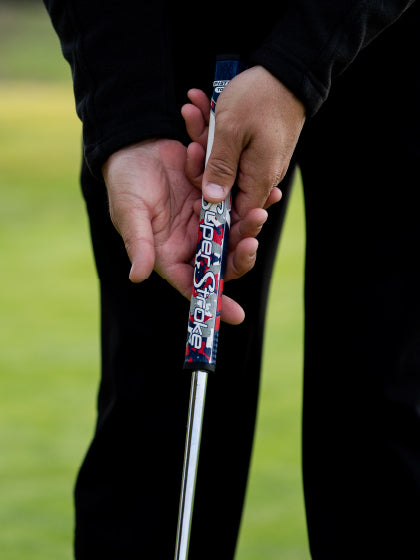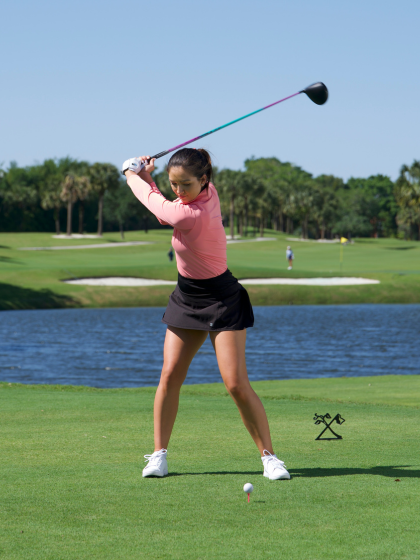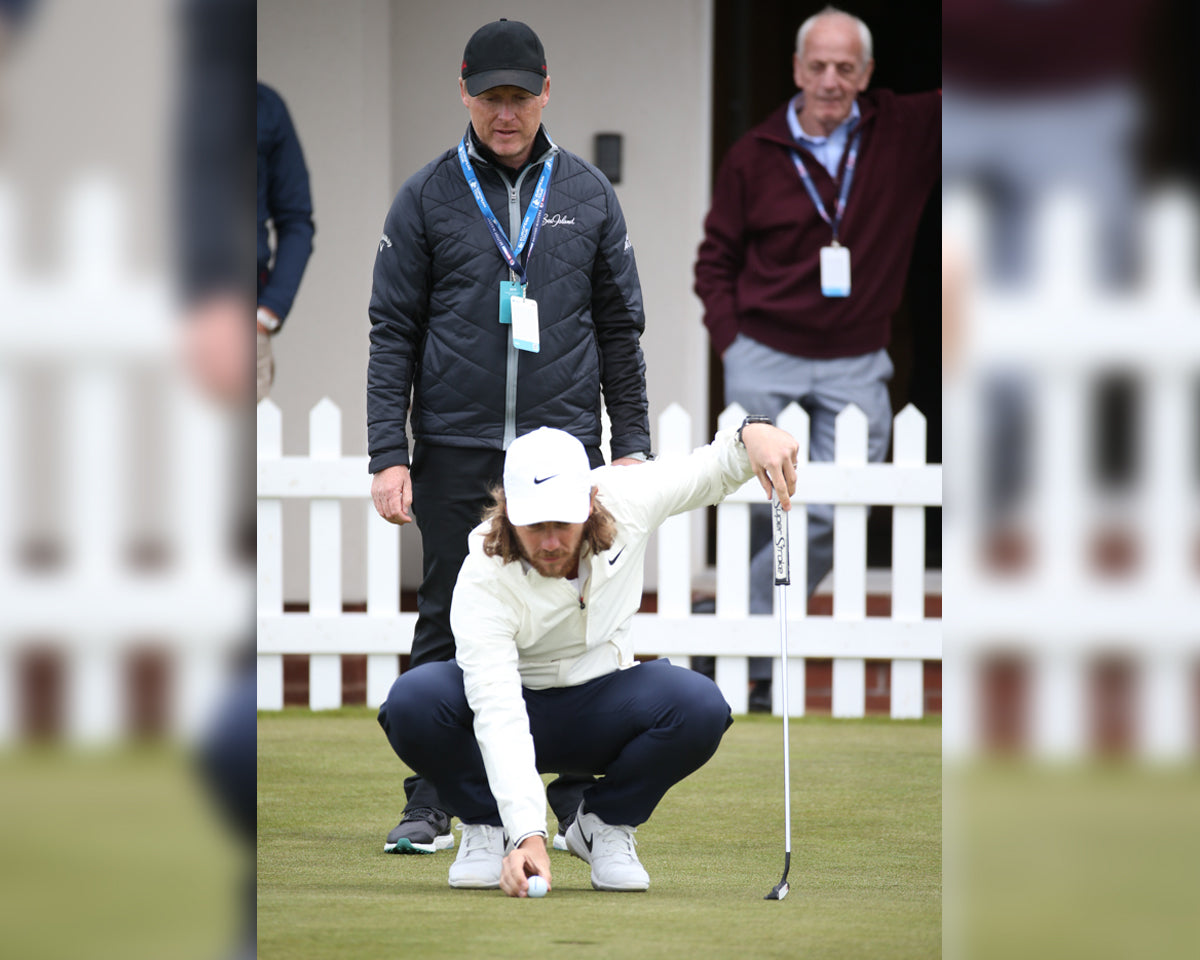Phil Kenyon knows putting like few golf instructors on earth.
A quick glance at his client list tells you that.
So when Kenyon says your putter’s grip has “a massive impact” on performance, you should take his word.
You’ll be in good company.
A SuperStroke ambassador and one of golf’s foremost putting coaches, Kenyon has tutored the likes of Rory McIroy, Brooks Koepka, Justin Rose, Henrik Stenson, Francesco Molinari and, well, the list goes on and on.
Talk to Kenyon for a minute or two and it’s obvious how much he’s studied the art and science of putting.
He makes this point pretty clear: There are no absolutes when it comes to the stroke.
And this one: A true “straight-back, straight-through” path, where the clubface stays perpendicular to the target line and the sweet spot stays directly on it, from start to finish, is practically unheard-of. (Kenyon says Bryson DeChambeau might come closest among today’s pros.)
An Arc for Every Stroke
In other words, every golf stroke has some degree of arc, with the clubface opening and closing relative to the target line. It’s just a matter of how much.
“There are a thousand different types of arc,” says Kenyon, founder of England’s Harold Swash Putting School, “and there’s a thousand different ways the clubface can work within any arc. The reality is that the sweet spot is on an ever-changing path.”
Kenyon uses Tiger Woods to illustrate. While Woods’ putter opens and closes (i.e., rotates) more than most, he keeps the sweet spot near the target line.
Other pros, Kenyon notes, “have very strong arcs so the sweet spot works in a curve, but then have very low rotation with it.”
“Some would even resemble some figure of an 8,” Kenyon continues. “Some would be inside, (then) over-the-top down the line. Some would be straight back arching left, some would be straight back arching right.”
Bottom line: Even for the world’s best, there’s more than one way to get the golf ball in the hole.
It’s All In the Wrists
Of course, Kenyon works with recreational golfers as well. When he sees a student struggling with distance, direction or a combination of both, he identifies a likely suspect.
“The common thing I see with players like that is they have a lot of independent wrist motion, which they can’t control,” he says.
In that case, there’s a pretty simple solution. “I’m going to thicker grips,” Kenyon nods.
That’s not the answer for every golfer, however, which is why Kenyon appreciates SuperStroke’s broad lineup of grip options.
From the non-tapered Flatso series to more traditional, pistol-style models, and even grips made specifically for “claw” and “wrist-lock” styles, there’s a nearly endless range of thicknesses and surface feels.
While there’s no substitute for trying a variety of golf grips in person, SuperStroke’s Grip Fitting Tool is quite handy at narrowing things down. In a matter of seconds, it will recommend up to four different models based on several factors, including your stroke path and your typical miss.
Finding a golf grip that fits your style and feel preferences is well worth your time, Kenyon advises.
“Once you get the right grip,” he says, “you shouldn’t really change it until you’ve worn it out.”
Take it from a man who knows a thing or two (and then some) about putting.




